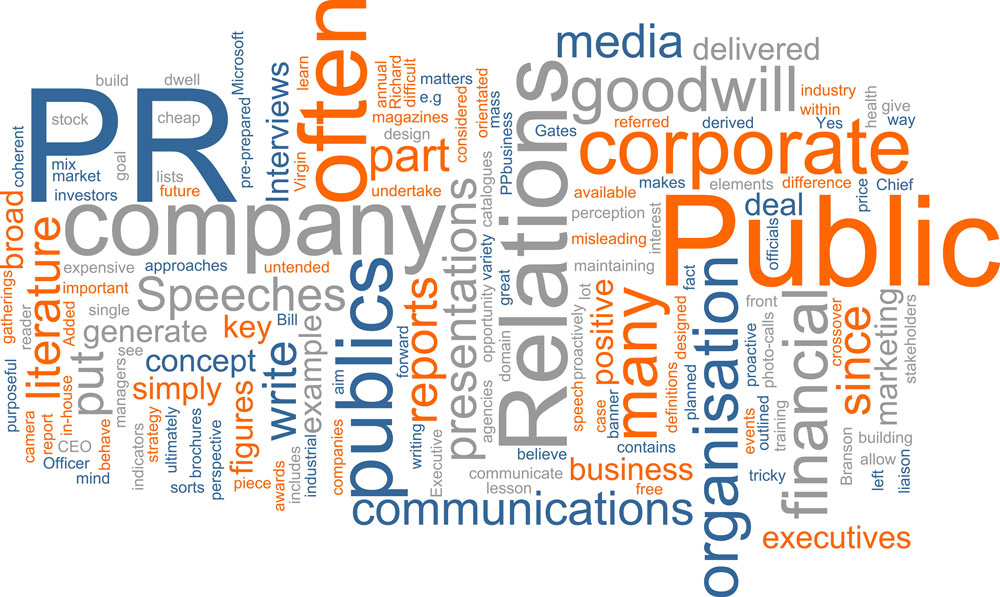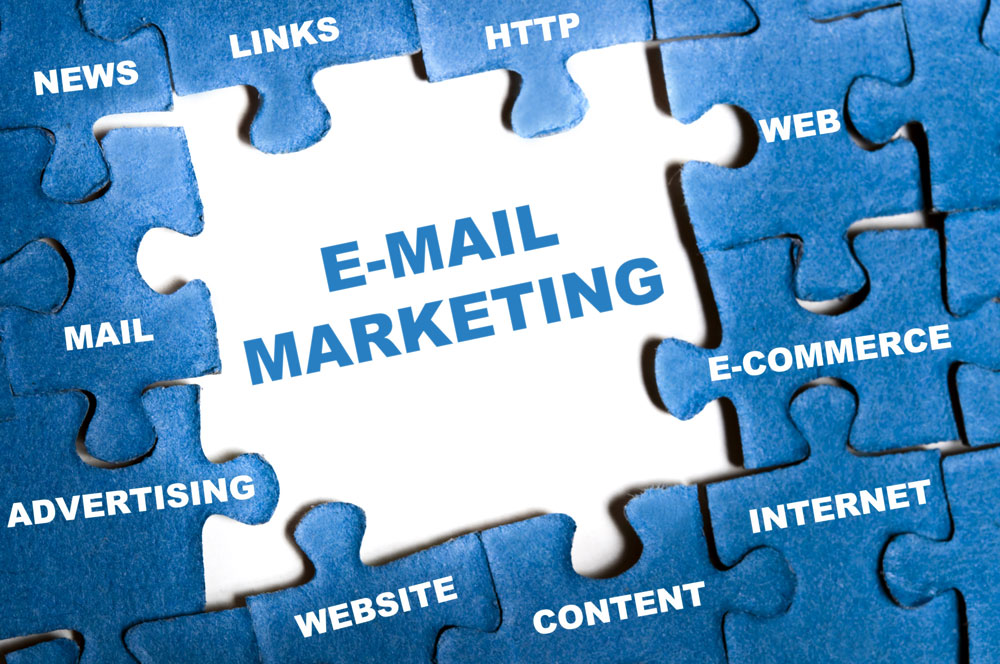That was me 10 minutes before I sat down to write this blog. Every morning these days I get an email from an address I’ve never seen before: “Hi Dietrich…I was looking at your website and I noticed…” DELETE!
In this 2020 biz world, we’re bombarded with advertisements, some got-to-have product we’ve got to have. Frankly, it’s sleazy and cheesy. I can’t be the only one who finds it annoying when Mike Trout is pushing a protein drink on his Instagram page. I get it. We shouldn’t fault people for peddling their products or services, but there really is an etiquette to this. It separates the discerning professional from the indiscriminate snake oil guy.
I’ve been in sales my entire career. I have been politely asked to get lost.
From those experiences, here’s my learn on business etiquette. Refer to THE BOOK. Yes, I’m talking about Emily Post’s Etiquette. Adhering to rules of etiquette is how successful people conduct themselves. Basically, it’s how you get people to listen and maybe even like you. Be interested in people and they will generally be interested in you. Be + considerate.
It really is simple. Follow the Golden Rule. Don’t do unto someone else something you wouldn’t want done unto you. I hate it when someone spams me, therefore, I don’t do it to others. I know. It’s a numbers game, but it ultimately does more harm than good.
Sure, cold call or email a potential client, but do it considerately. Research before you pick up the phone or type a word. Anticipate a genuine need or want, instead of trying to sell. No need to be pushy. Begin the relationship with a subtle touch, then follow the contact on Twitter, Instagram, and LinkedIn. Get to know them and what they like. Not every contact should become a customer — there’s a polite way to find that out.
It isn’t spamming and calling three times a day.











 RSS Feed
RSS Feed
